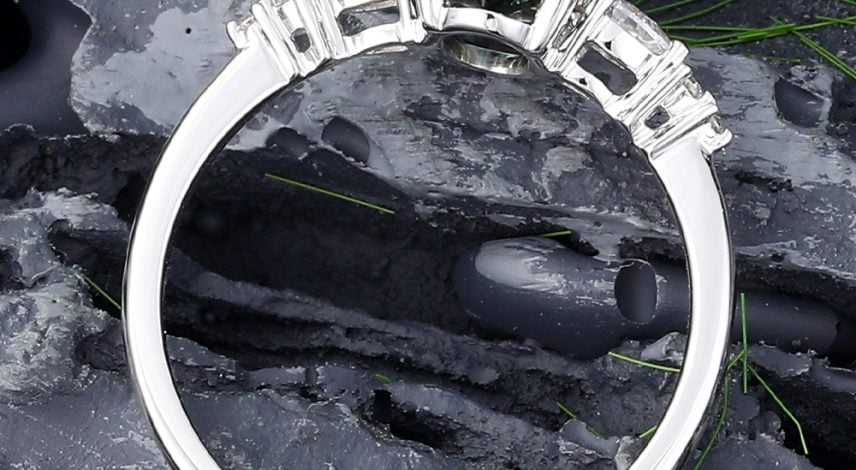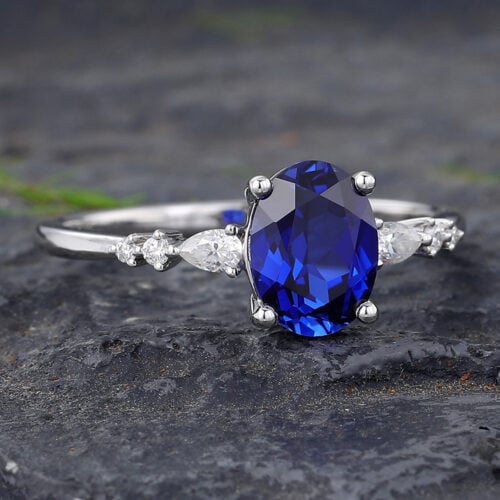


shop BY BAND STYLES
shop BY STONE ARRANGEMENTS
shop BY DESIGN STYLES
shop BY METAL COLOR
shop BY STONE TYPES
shop BY BAND STYLES
shop BY STONE ARRANGEMENTS
shop BY DESIGN STYLES
shop BY METAL COLOR
shop BY STONE TYPES
shop BY BAND STYLES
shop BY STONE ARRANGEMENTS
shop BY STONE TYPES
shop BY METAL COLOR
SHOP BY STYLE
GIFTS BY OCCASION
GIFTS BY PRICE

✚ BY BAND STYLES
✚ BY STONE ARRANGEMENTS

When shopping for jewelry, especially silver pieces, many people come across the terms S925 and sterling silver. These labels often cause confusion, as they sound similar and are sometimes used interchangeably. However, understanding what S925 means compared to sterling silver is important when making an informed purchase. Both refer to high-quality silver jewelry, but there are details that set them apart in terms of labeling, manufacturing, and perception.
Sterling silver is one of the most common materials used in jewelry. Pure silver, also called fine silver, is too soft for practical use in rings, necklaces, or bracelets. To make silver more durable, jewelers mix it with other metals. Sterling silver specifically refers to a silver alloy that contains 92.5% pure silver and 7.5% other metals, typically copper. This blend creates a strong and lasting material while still maintaining the beauty of silver’s natural shine. In fact, sterling silver has been the jewelry industry standard for centuries.
The term S925 is a stamp commonly found on jewelry pieces to indicate sterling silver content. The ‘S’ stands for silver, while ‘925’ refers to the 92.5% silver composition. In other words, S925 is simply another way of saying sterling silver, with the stamp serving as a hallmark that verifies the metal’s authenticity. This marking reassures buyers that the jewelry is not silver-plated or made of a lower-quality metal.
When jewelers produce silver pieces, they often mark the inside of rings, clasps of necklaces, or the backs of earrings with ‘S925’. This ensures buyers know they are getting real sterling silver rather than imitation materials. While some jewelry may use terms like ‘sterling silver’ in product descriptions, others rely on the S925 hallmark to indicate the same standard. Both signify high-quality silver jewelry, but the way it is presented may differ depending on the jeweler or region.

From a marketing standpoint, the choice between labeling an item as sterling silver or S925 can affect how customers perceive it. Some consumers find ‘sterling silver’ more familiar and trustworthy, while others may look specifically for the S925 hallmark as proof of authenticity. Essentially, they refer to the same material, but the presentation may influence a shopper’s confidence in making a purchase.
When comparing S925 vs sterling silver, there is no difference in intrinsic value because both represent the same silver content. The worth of a piece depends more on craftsmanship, design, weight, and whether it includes gemstones. For example, a sterling silver ring and an S925 ring of the same size and style would hold equal value, since they are made from the same alloy. Any price differences are usually due to branding or the way the item is marketed rather than the material itself.
Since S925 is sterling silver, its durability is identical to what you would expect from sterling silver pieces. The addition of copper or other metals ensures that the jewelry is harder and less prone to bending than pure silver. However, it is still softer than gold or platinum, which means it can scratch or tarnish over time. With proper care and cleaning, S925 jewelry can maintain its shine and last for many years.
Like all sterling silver, S925 jewelry can tarnish when exposed to air, moisture, or chemicals. This is a natural reaction that causes the surface to darken. The good news is that tarnish can be easily removed with a silver polishing cloth or gentle jewelry cleaner. To keep S925 pieces looking new, it’s best to store them in airtight bags when not in use and avoid wearing them in swimming pools or during heavy physical activity.
One of the easiest ways to confirm authenticity is by looking for the hallmark. Genuine S925 jewelry will almost always include the S925 stamp in a discreet location. In addition, authentic sterling silver has a distinct shine that differs from plated or fake silver. If you are unsure, you can also test the jewelry by checking its magnetic properties, as silver is not magnetic. Professional jewelers can provide further verification if needed.
While S925 and sterling silver are the most common terms, some jewelry may simply be labeled ‘925’ without the ‘S’. This still refers to the same silver content. In some countries, jewelers may use different hallmarks, but they all serve the same purpose: to indicate that the piece is made of 92.5% silver. Understanding these markings helps buyers make confident choices regardless of the terminology used.
In daily life, whether your ring is labeled sterling silver or S925 makes no difference in how it performs. Both types are equally suitable for casual wear, special occasions, or as gifts. Many engagement rings, wedding bands, and fashion accessories are crafted from S925 because of its balance of affordability and durability. Unlike plated metals, which can wear down quickly, sterling silver remains a reliable choice for long-term jewelry.
Yes, S925 jewelry is definitely worth buying, especially for those who want real silver without paying the higher cost of pure silver or white gold. Its mix of beauty, strength, and affordability makes it one of the most popular choices worldwide. Whether you prefer to see the word ‘sterling silver’ or the S925 stamp, you are getting the same trusted material that jewelers and customers have valued for generations.
When comparing S925 vs sterling silver, the key takeaway is that they represent the same material. The difference lies only in how it is labeled or marked. S925 is a hallmark that confirms authenticity, while sterling silver is the common name for the alloy. Both offer durability, beauty, and timeless appeal at an accessible price point. So whether you buy a ring stamped with S925 or described as sterling silver, you can feel confident knowing you are choosing quality silver jewelry that will last for years.